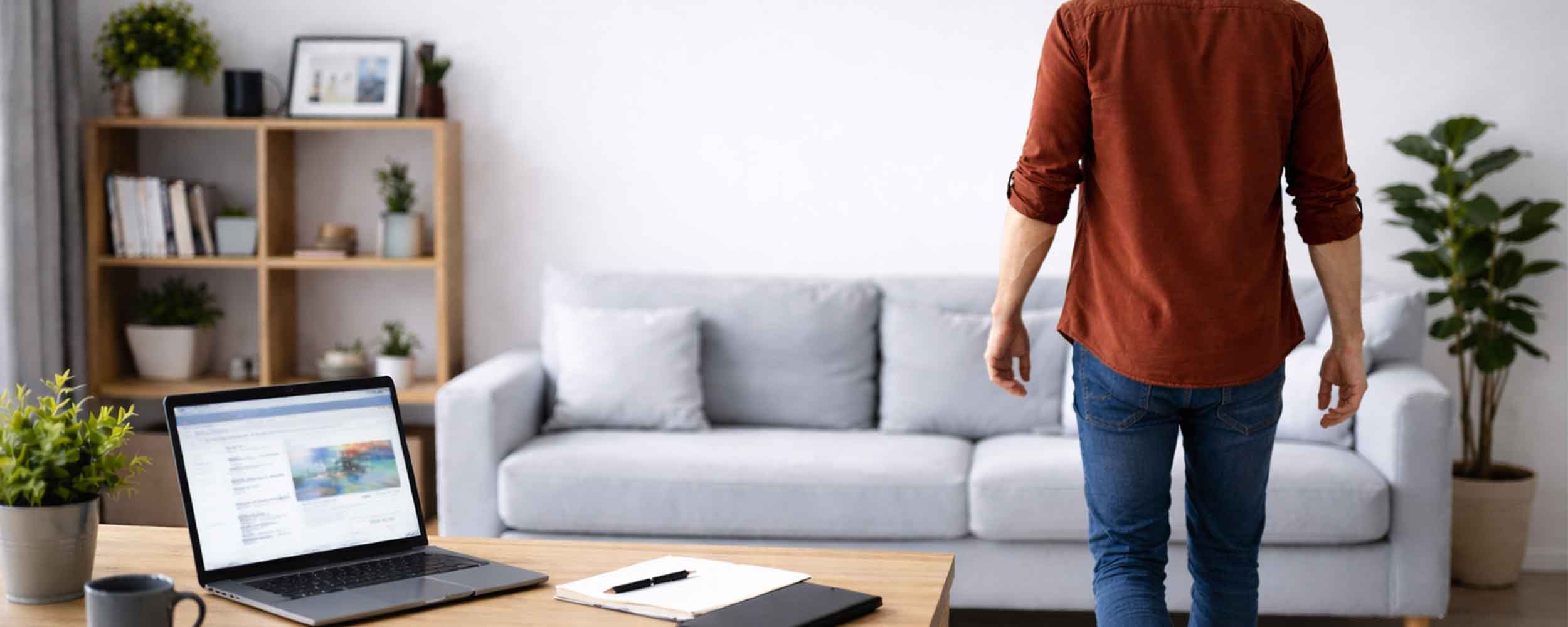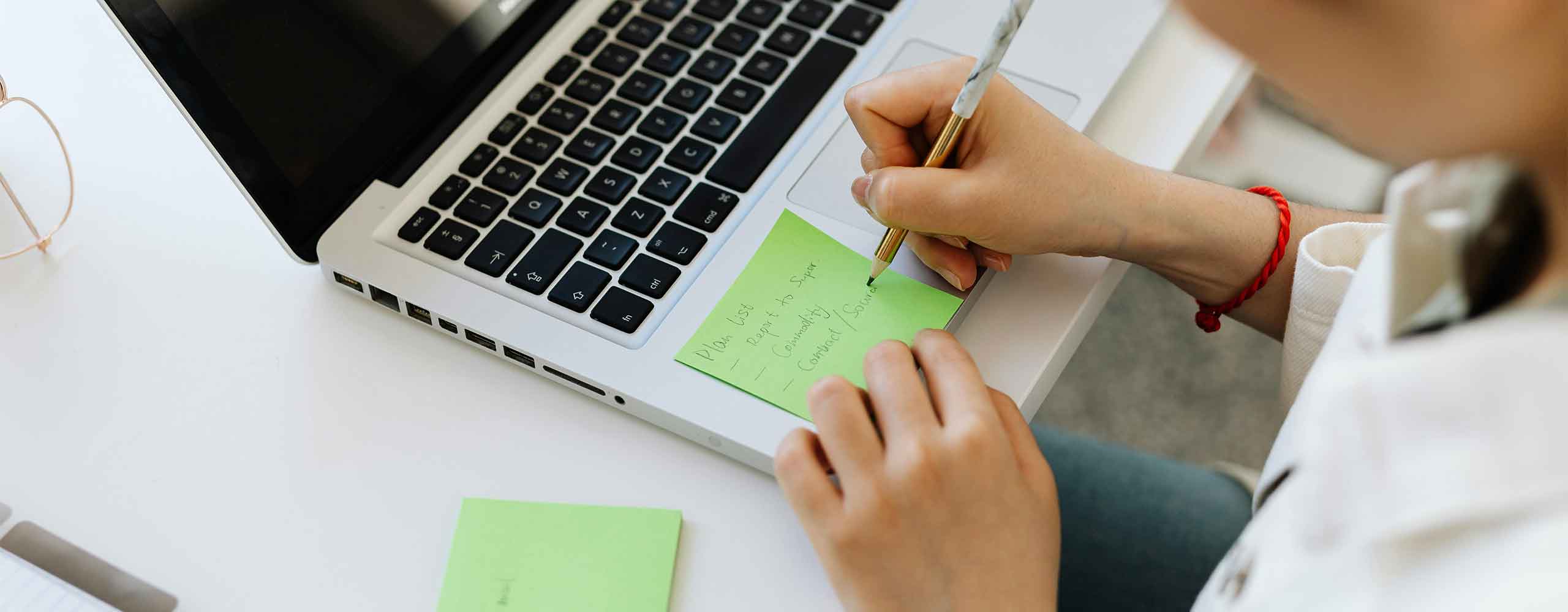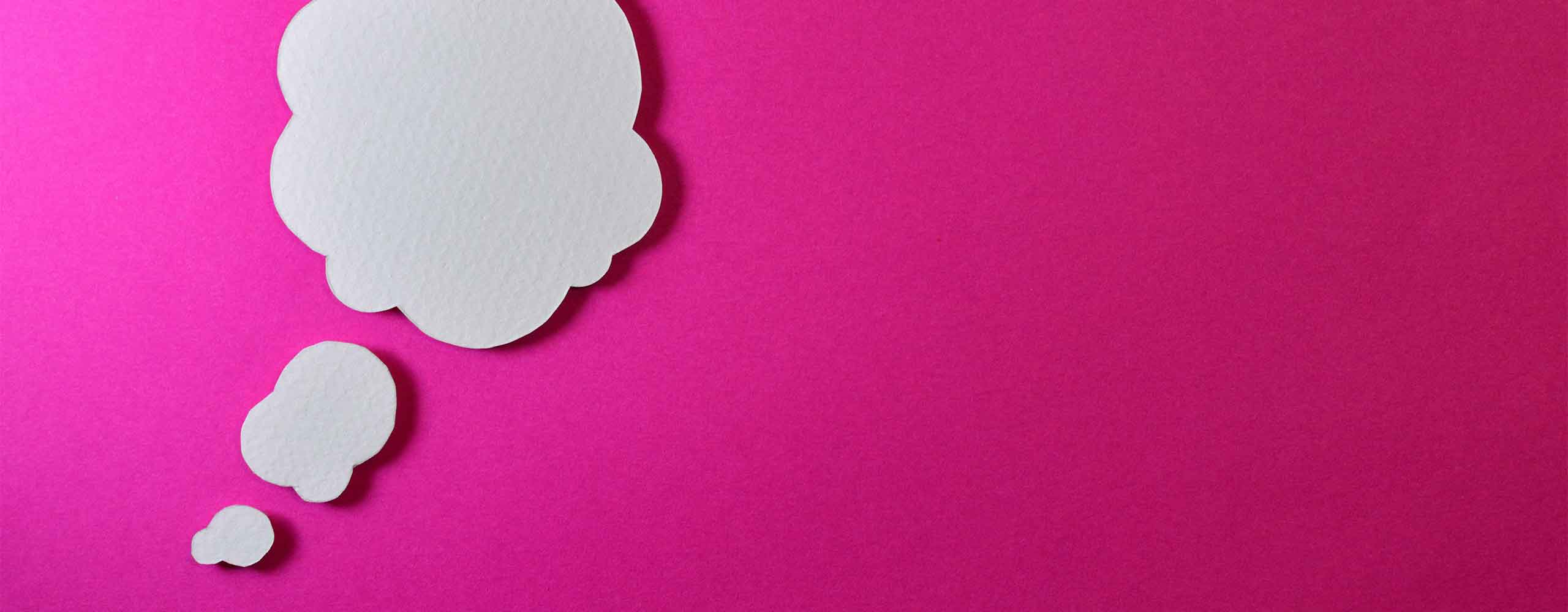Mimicking the real world in the digital world
It is by no means uncommon or unheard of for web design trends to come and go. One design trend that left a lasting impact was skeuomorphic design. With this design style, the aim is to mimic a real-world texture, shape, and object in digital form. This was a very popular design trend during the early years of phone apps and web design. You might remember glossy buttons that looked like real-life switches or a notebook app with realistic leather bindings and paper texture. While skeuomorphism once helped the users gain and feel more familiar with the digital environments, it has since fallen out of favor. Today the aim is for a cleaner, more intuitive and user friendly design approach known as flat or minimalist design.
What Is Skeuomorphism?
Skeuomorphism is a design technique that incorporates elements and effects and textures from the physical world into the digital world. The goal or aim is to make virtual buttons, icons, and tools to resemble their real-life counterparts. This can offer users a sense of familiarity. For example, a camera app could have a shutter button that looks like a physical camera lens. A button to click on a website could look like an actual button with different gradients and angles, especially when using hover effects.
At the time, skeuomorphism was popular (and for time arguably even needed) because it helped many users, especially those who were less familiar with online or digital interfaces, to feel more comfortable using the new technology. It made digital interactions feel more intuitive by using shapes and textures and effects from the real-world objects people were used to using on a daily basis.
Why Skeuomorphic Design Faded
There’s no denying that skeuomorphism had its advantages. In the very early days of smartphone apps and even earlier with web design it helped bridge the gap of real world to digital. it also came with some significant limitations:
- Visual Clutter: Skeuomorphic designs would almost always overload the interface with textures, shadows, and 3D effects. So many effects would lead to a cluttered and far to often overwhelming user experience. As time progressed and users became more comfortable navigating apps and websites, the need for these decorative elements was greatly reduced.
- Performance Issues: Realistic effects like shadows, gradients, and complex textures required a great deal of processing power. This demand for power would lead sow slower websites and apps. As web performance measures and load time (speed) became a greater priority, especially on mobile devices, designers began moving to lighter and simpler visuals elements that load faster and are still easy to navigate.
- Aesthetic Shift: As times moved and we moved into a time of smartphones and tablets, users started expecting cleaner and more modern visual aesthetics. With its focus on simplicity, functionality, and user experience, flat designs trends emerged as a response to the overly decorative skeuomorphic trends.
- Flexibility for Various Devices: As responsive web design demands took over, it became necessary for designs to adapt flawlessly across many screen sizes and resolutions. Skeuomorphic designs, which often required high-resolution images, textures and complex visual elements, didn’t translate well to smaller or lower-resolution screens.
The Rise of Flat and Minimalist Design
As skeuomorphism started to fade, flat design began to dominate the mobile apps and websites. Flat design focuses on simplicity and the user experience. Flat designs tend to use clear lines and remove unnecessary decoration. Here’s why it has become the go-to approach for many modern website and app designers:
- Focus on Functionality: In flat design, visuals take a necessary secondary role to usability and user experience. Clear and easy-to-read fonts, simple color schemes, and intuitive layouts make it much easier for users to browse a design and interact as needed with a site or app.
- Faster Load Times: Without the heavy use of textures, shadows, gradients, and huge images, flat design techniques significantly reduces load times. This is especially true on mobile devices. This focus falls in line perfectly with modern SEO best practices, which prioritize fast and efficient websites.
- Cleaner Aesthetics: Minimalism is a key idea of flat design, providing users with an ope and distraction-free digital experience that allows the user to focus on the content. This clean, open look is now synonymous with modern and professional websites and web designers.
- Scalability Across Devices: Flat designs are significantly more flexible and adaptable to the wide range of devices and screen sizes available today. This makes flat designs an ideal choice for responsive web design (which is a must). This also ensures a consistent and concise user experience on desktops, tablets, and smartphones.
Good design always puts the user first
Skeuomorphic design served a purpose in websites and website design. During the early years of the digital era, skeuomorphic designs were actually quite needed. Today, it has been replaced by cleaner, faster, and more functional design techniques. The shift to flat design reflects the changing needs of users who are demanding speed, simplicity, and usability. As technology continues to evolve, so too will design trends, but one thing remains constant: good design always puts the user first. In modern website design and mobile app design that means using a clean and intuitive design that will work seamlessly across all devices.









